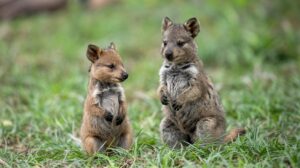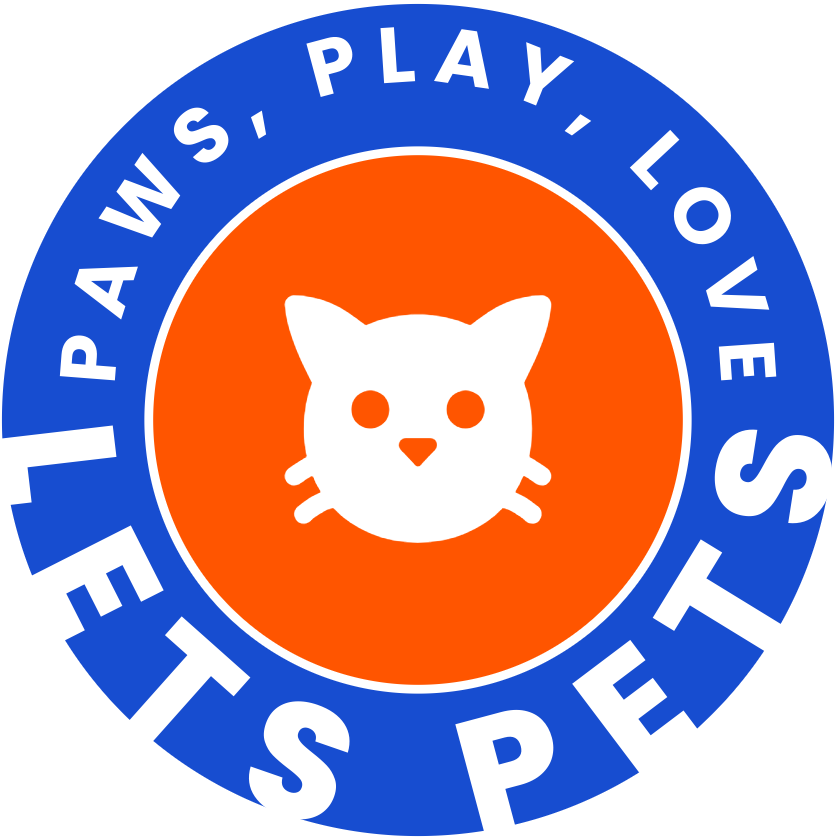Introduction :
Imagine an animal perpetually sporting a cheeky grin, radiating pure joy. That’s the quokka, a small marsupial native to Western Australia. While their perpetually smiling faces have made them internet sensations, it’s crucial to understand their unique ecology and why these adorable creatures are not suitable as pets. This article delves into the world of the quokka, exploring their habitat, behavior, and the importance of their conservation.

Table of Contents
1. Introduction
2. What is a Quokka?
* Physical Characteristics
* Habitat and Distribution
3. Quokka Behavior and Diet
4. Why Quokkas Don’t Make Good Pets
5. Conservation Status and Threats
6. Conclusion
7. FAQ
What is a Quokka?
The quokka (Setonix brachyurus) is a small macropod, belonging to the same family as kangaroos and wallabies. They are known for their friendly appearance, often described as perpetually smiling, which has made them a popular subject for selfies. However, it’s essential to remember that they are wild animals and should be treated with respect and caution.
Physical Characteristics
Quokkas are about the size of a domestic cat, typically measuring 40 to 55 centimeters (16 to 22 inches) in length, with a tail adding another 25 to 30 centimeters (10 to 12 inches). They have short, coarse fur that is usually brown in color, with a slightly lighter underside. Their most distinctive feature is, of course, their facial structure, which gives the impression of a constant smile.
Habitat and Distribution
Quokkas are primarily found in the southwestern corner of Western Australia, particularly on Rottnest Island, Bald Island, and in small, isolated mainland populations. They prefer areas with dense vegetation, such as swamps and scrublands, which provide shelter and food. Rottnest Island boasts the largest quokka population, largely due to the absence of foxes and other predators.
Quokka Behavior and Diet
Quokkas are primarily nocturnal, spending their days resting in shaded areas and emerging at night to feed. They are herbivores, with a diet consisting mainly of grasses, leaves, and stems. They have a unique digestive system that allows them to extract nutrients from tough plant material. Quokkas are social animals, often living in groups. Female quokkas typically give birth to one joey (baby) per year, which stays in the mother’s pouch for about six months.
Why Quokkas Don’t Make Good Pets
Despite their adorable appearance, quokkas are not suitable as pets. Here’s why:
* Protected Species: Quokkas are a protected species in Australia. It is illegal to keep them as pets. Penalties for doing so can be severe.
* Specific Dietary Needs: Quokkas require a specialized diet that is difficult to replicate in a domestic setting. Improper diet can lead to malnutrition and health problems.
* Stressful Environment: Being taken from their natural habitat and placed in a domestic environment would cause immense stress to a quokka, impacting their well-being.
* Potential for Disease Transmission: Wild animals can carry diseases that can be transmitted to humans.
* Bites and Scratches: While generally docile, quokkas are still wild animals and may bite or scratch if they feel threatened or stressed.
Conservation Status and Threats
The quokka is currently classified as Vulnerable by the International Union for Conservation of Nature (IUCN). Their mainland populations are particularly threatened by habitat loss, introduced predators such as foxes and cats, and bushfires. Conservation efforts are focused on controlling predators, protecting habitat, and monitoring quokka populations. Tourism, while bringing awareness, also presents challenges, as feeding quokkas human food can be detrimental to their health and alter their natural behaviors.
Conclusion
Quokkas are fascinating and endearing creatures, but they are wild animals that belong in their natural habitat. Their conservation depends on protecting their environment and respecting their wild nature. While their smiling faces may tempt you to want one as a pet, remember that the best way to help quokkas is to support conservation efforts and admire them from a distance. Let’s appreciate these adorable marsupials for what they are – a vital part of the Australian ecosystem.
Consider donating to a reputable wildlife conservation organization dedicated to protecting quokkas and their habitat. Educate others about the importance of respecting wildlife and maintaining biodiversity.
FAQ
* Are quokkas endangered?
Quokkas are classified as Vulnerable, meaning they face a high risk of extinction in the wild.
* Can I feed a quokka?
No, you should never feed a quokka. Human food can be harmful to their health and alter their natural behaviors.
* Where can I see quokkas in the wild?
The best places to see quokkas are Rottnest Island and Bald Island in Western Australia. Some mainland populations also exist, but they are more difficult to find.
* What threats do quokkas face?
Quokkas face threats from habitat loss, introduced predators (foxes and cats), bushfires, and human interference.
* Is it legal to own a quokka?
No, it is illegal to own a quokka in Australia. They are a protected species.
